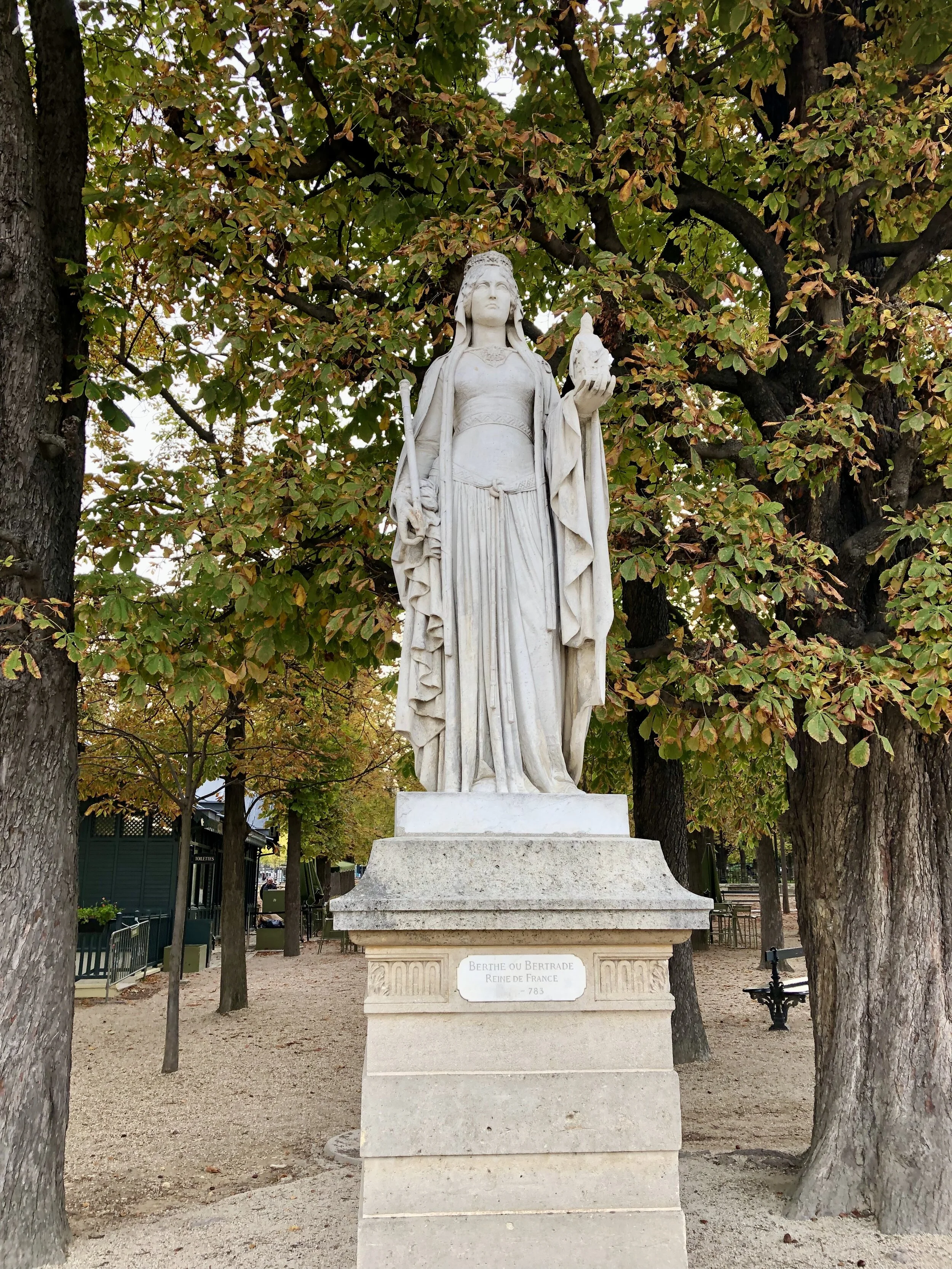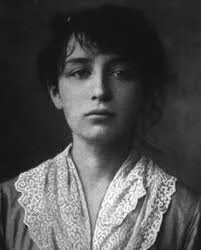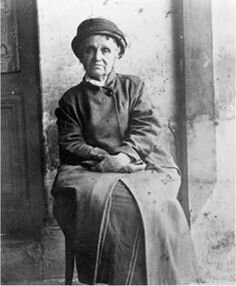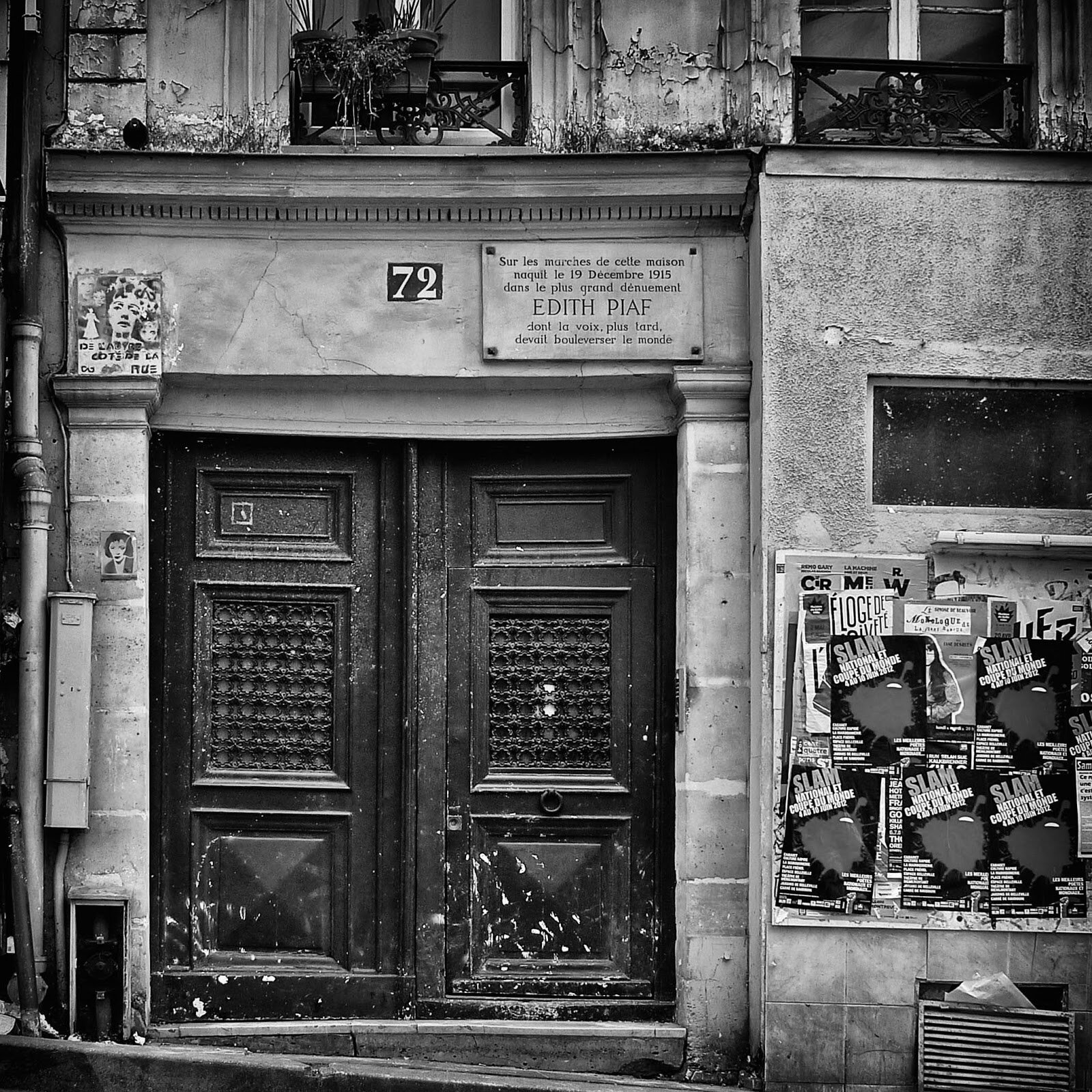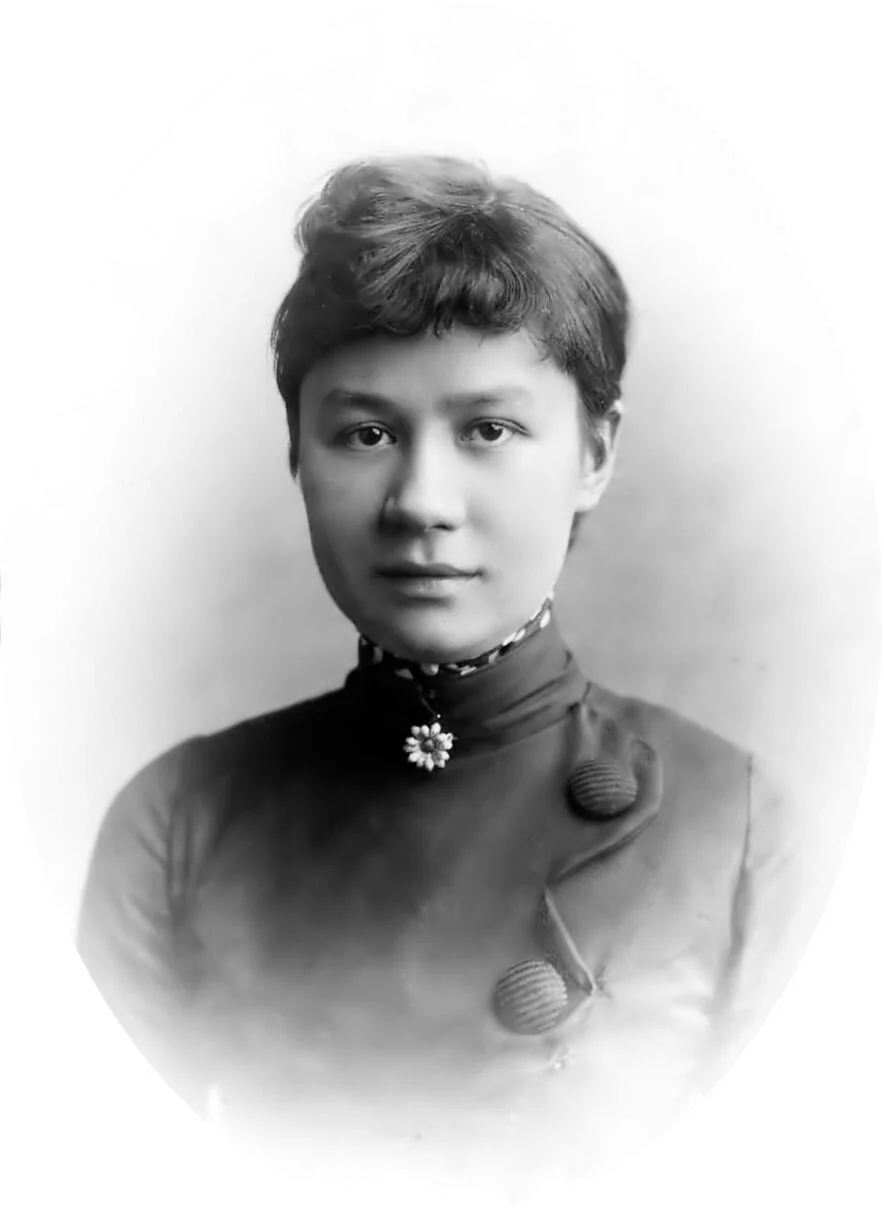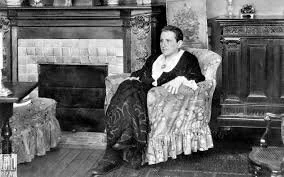When the Impressionist artists ruled Paris, there were a few women that made their way into the exclusive club. Known as Les Trois Grandes Dames, Berthe Morisot, Mary Cassatt and Marie Bracquemond mixed and mingled with the likes of Manet, Degas and Renoir.
Marie Bracquemond however had a very different life then Morisot or Cassatt. Born on December 1, 1840 in Argenton-en-Landunvez. Raised in a family that had very little money but with a love of painting early on, she created her own paint colors using flower petals. When her father died when she was very young, her mother quickly remarried and moved all over France and Switzerland.
Without money or family support it was difficult to find a teacher until Auguste Vassor agreed to take her on. Under Vassor at just seventeen years old she finished and presented her first painting to the Paris Salon in 1857. The painting of her mother and sister was accepted and displayed for all to see including Ingres. Quite impressed with the young girl's talent, he invited her to his atelier to learn under the master. Ingres didn’t take women very seriously and only gave them images of flowers and fruit to paint. Marie grew very tired and left looking for other challenges.
Empress Eugene, wife of Napoleon III and a big promoter of women in art saw her work and commissioned her to paint a few paintings for her. Marie's career was really taking off, until she met her future husband Felix Bracquemond. At first he was supportive of her art, he was an artist himself. As an engraver and porcelain painter he would share his craft with her and also become more angry with her talent.
They were married on August 5, 1869 and she would work with him as a porcelain painter. The longer Felix was away from the artist of Paris the more divisive and critical he became the more Marie pulled away. A year after they were married Pierre there only child was born and Marie spent more of her time focusing on him.
When people came over to their house Felix would hide her canvases and never let her talk about her art. Gauguin came over for dinner one evening and he advised her on some new techniques and how to get the deeper colors she wanted to achieve. Looking for the support she so greatly wanted she reached out to friends Manet and Sisley and snuck away to paint outside with them as often as possible. The more attention Marie received, the angrier Felix would get.
Later their son Pierre wrote a book about his mother and said there home was filled with never ending drama and he watched his mom disappear. Felix died on October 29, 1914 and Marie would have two years of piece before she also passed away on January 17, 1916 in Paris.
Marie today is mostly forgotten and little of her work remains. What few pieces remain in private collection are shared in exhibitions dedicated to the women of Impressionism from time to time.
Listen to her whole story and the few things that kept her going during her unhappy marriage in this week's episode on La Vie Creative - Paris History Avec A Hemingway.











































